Cimitero Monumentale di Staglieno
A stunning cemetery famous for its extraordinarily delicate & lifelike mourning sculptures.
The creation of the enormous sanctuary of statuary in Genoa, Italy, was part of the same movement to discontinue burials in churchyards and crypts that was responsible for the great park cemeteries of Paris and London.
In 1804, Napoleon, then in charge of northern Italy, passed the Edict of Saint-Cloud. On the heels of the 1835 cholera epidemic, as churches began to move stacked bodies out of overburdened catacombs and new burials took up the remaining urban space, plans were finally made for a monumental cemetery on the outskirts of town.
Designed by the famous Genovese architect Carlo Barabino in a Neo-Classical style, the Staglieno Cemetery (Cimitero Monumentale di Staglieno) opened in 1851. A compromise between the formality of the traditional orderly camposanto layout and the newly fashionable wilderness style of boschetto irregulare, seen in Père Lachaise in Paris, the grounds included cloisters, garden paths, and a reproduction of the famous Pantheon in Rome. The new cemetery quickly became the fashionable death option, and increasingly was a showcase for world-class sculpture.
Mark Twain visited while he was in Genoa and wrote:
“… We shall continue to remember it after we shall have forgotten the palaces. It is a vast marble colonnaded corridor extending around a great unoccupied square of ground; its broad floor is marble, and on every slab is an inscription—for every slab covers a corpse. On either side, as one walks down the middle of the passage, are monuments, tombs, and sculptured figures that are exquisitely wrought and are full of grace and beauty. They are new and snowy; every outline is perfect, every feature guiltless of mutilation, flaw, or blemish; and therefore, to us these far-reaching ranks of bewitching forms are a hundred fold more lovely than the damaged and dingy statuary they have saved from the wreck of ancient art and set up in the galleries of Paris for the worship of the world.”
The art of the cemetery is closely tied with the emergence of the Realist art movement in the 1850s. Now it is famous for its weeping angels and sorrowful widows as well as its eerily lifelike depictions of the bereaved and the deceased in contemporary clothing, which have earned the nickname “the talking statues.”
By the late 1800s, the cemetery had become not only a popular burial place, but also a tourist attraction with guided tours and booklets.
More recently, one tomb gained some notoriety for being the cover art for the Joy Division Album Closer, released after the death of lead singer Ian Curtis. The Appiani family tomb by sculptor Demetrio Paernio shows a family grieving at the deathbed.
Another favorite is the lifelike statue of Caterina Campodonico, a peasant nut-seller who saved all of her money for her lavish tomb, which shows her as she was in life, holding a string of walnuts.
Know Before You Go
Take bus #34 from Stazione Principe. To find the Appiani tomb, go through the main entrance, take the second hallway on the left. It is the first tomb on the right.

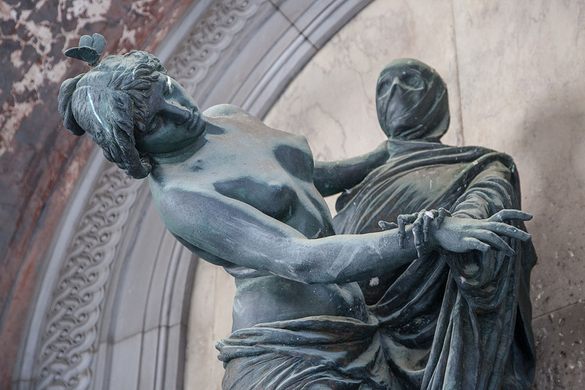

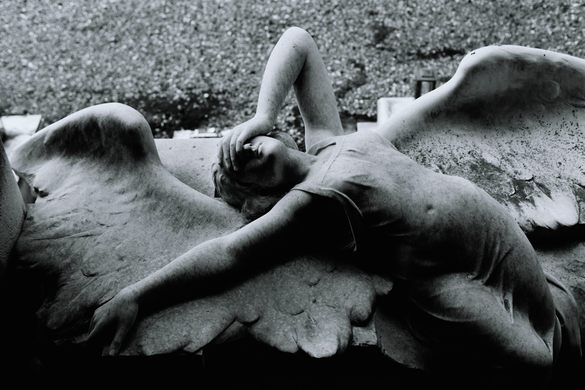
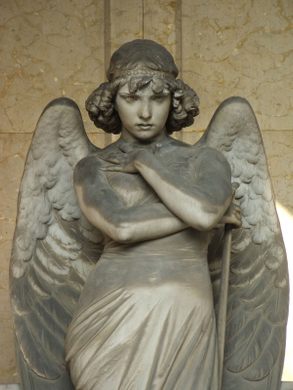
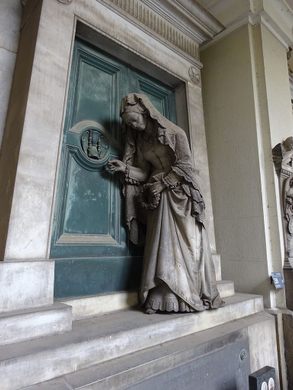





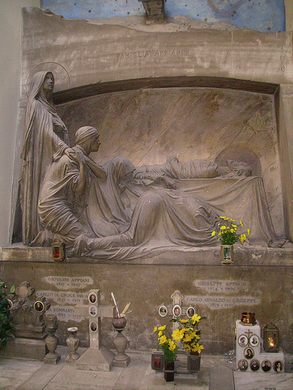
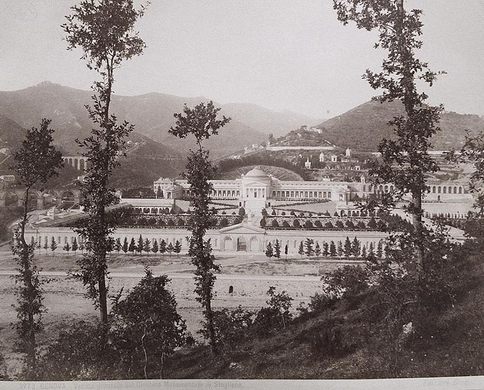
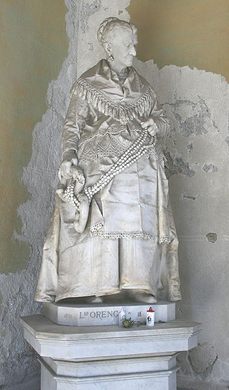


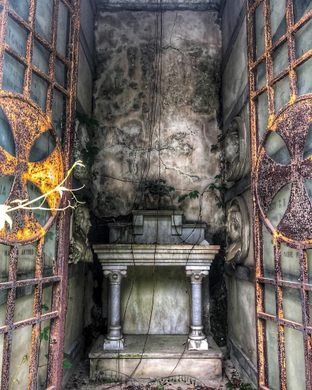









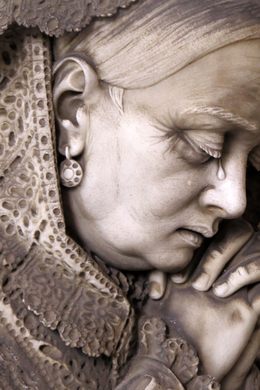





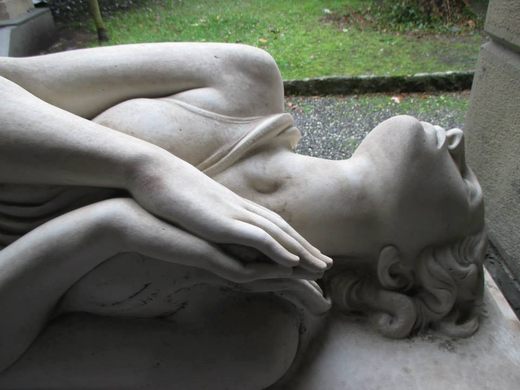


















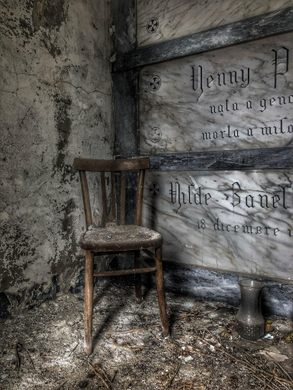
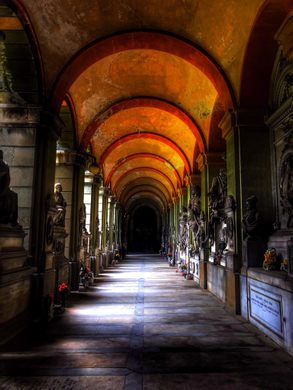














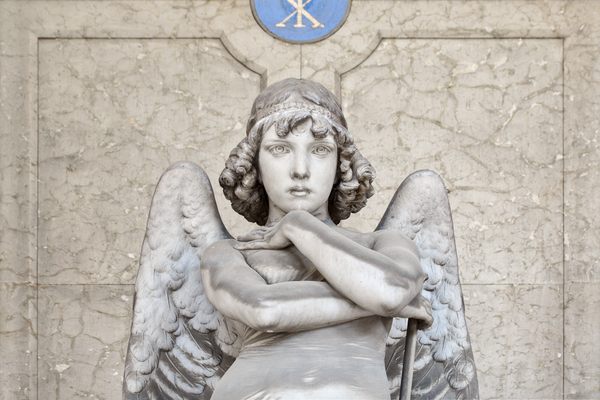






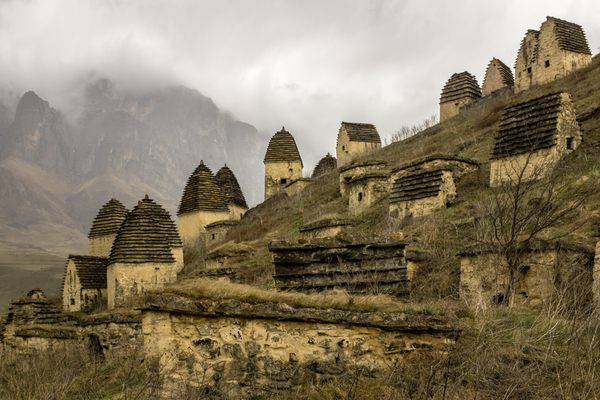

Follow us on Twitter to get the latest on the world's hidden wonders.
Like us on Facebook to get the latest on the world's hidden wonders.
Follow us on Twitter Like us on Facebook